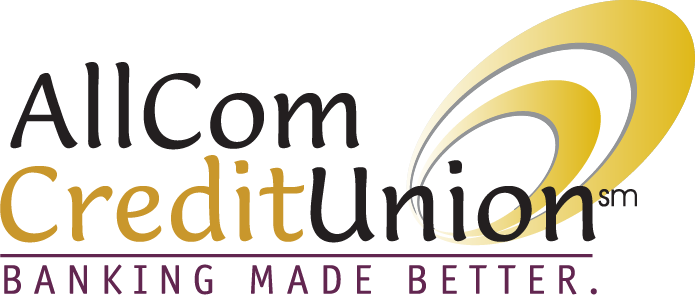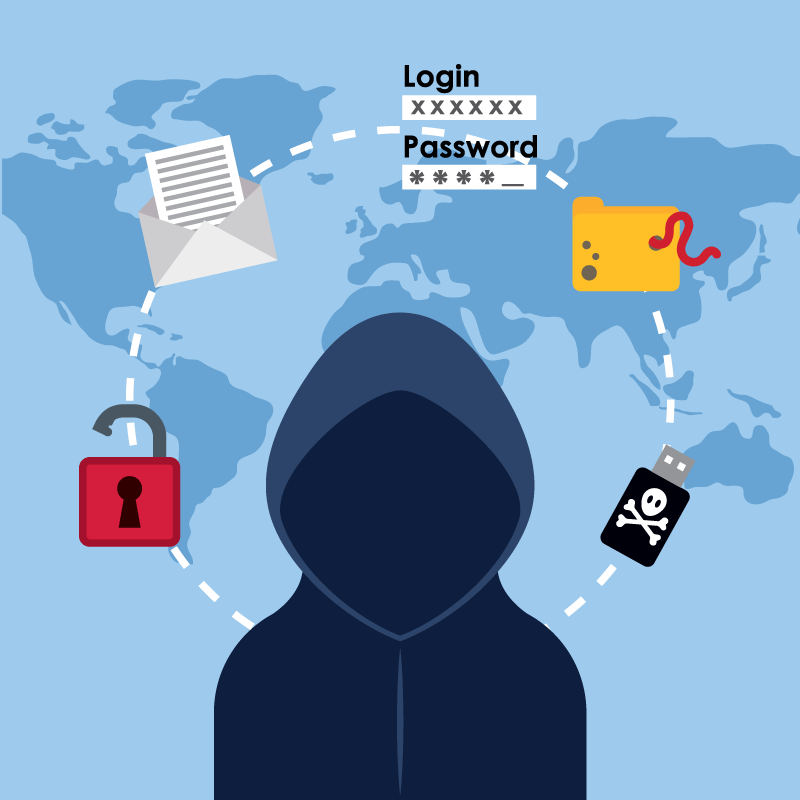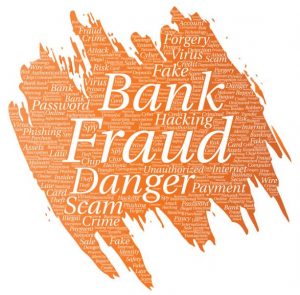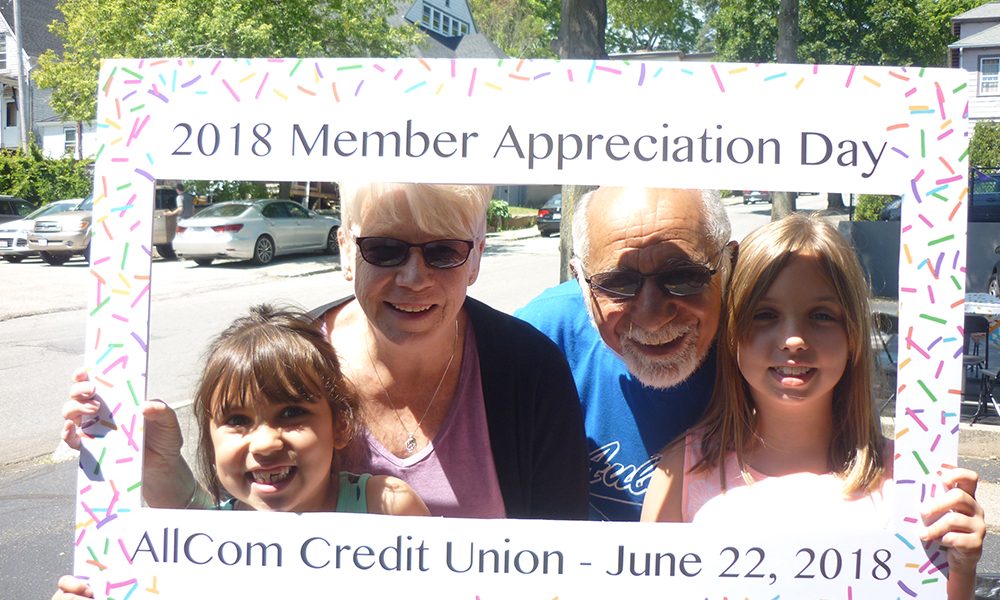
Don’t let a fraudster, pickpocket or identity thief ruin your next vacation.
These financial safety tips will show you how to protect your wallet, your valuables and your financial information when vacationing in America and abroad.
Lighten up your wallet. Only carry the credit cards you’ll be using on your trip and leave the rest at home. Pack an ATM/debit card for withdrawing cash at ATMs.
Use credit cards for major purchases. Most credit cards have zero-liability policies, meaning you won’t pay a penny for unauthorized charges if a card is lost or stolen. Bring contact information for each of your credit cards with you on the trip.
You also can alert your credit card company if you’re unsatisfied with the quality of a purchase that you make with your card or if a credit card purchase gets lost or stolen.
Watch out for bogus ATMs. Getting cash while on vacation is a snap if you pack your trusty ATM card. Be sure the cash machine is legit before inserting your card.
Thieves place phony ATM machines at high-traffic tourist areas. Stick to ATMs that are near banks or in airports or in hotels.
Visa and MasterCard have worldwide ATM locators on their Web sites. It’s easy to scope out legitimate ATM locations in the areas where you’ll be traveling.
Keep a close eye on that debit card. Debit cards are handy for withdrawing cash from ATMs and making small purchases while traveling. You’ll want to keep close tabs on your debit card at all times. It is linked directly to your checking account – if a thief nabs the card, your account could be emptied in no time.
ATM and debit card transactions are protected under the Electronic Fund Transfer Act. You’ll need to act fast to limit your liability for the fraudulent transactions.
Keep a close watch on your debit card and contact your bank immediately if your ATM/debit card is lost or stolen.
Tell your bank and credit card companies about your travel plans. Alert your bank and credit card companies of your upcoming travel plans. If you don’t, they may think a thief — not you — is making all those fun-filled vacation purchases and shut down your credit or ATM card.
Make a quick call to your bank and credit card companies before your trip. This is especially important for folks traveling outside the United States.
Protect your cash. There’s a good chance you will need some cash for your vacation travels. Take the cash you need for the day and leave the rest in your hotel safe.
If you find yourself traveling to more remote areas where cash is still king, take some extra precautionary steps.
Stay organized. Sure, you’re on vacation and kicking back a bit, but you’ll want to stay on top of all the purchases that you make. Don’t relax so much that you lose track of a camera, laptop or credit card.
Review your purchases. Upon returning from your vacation, review your credit card purchases, debit card purchases and ATM withdrawals with your bank and credit card companies. Don’t wait for your monthly statements.
If a thief has nabbed your card information, you’ll want to alert your bank and credit card companies as soon as possible.





























